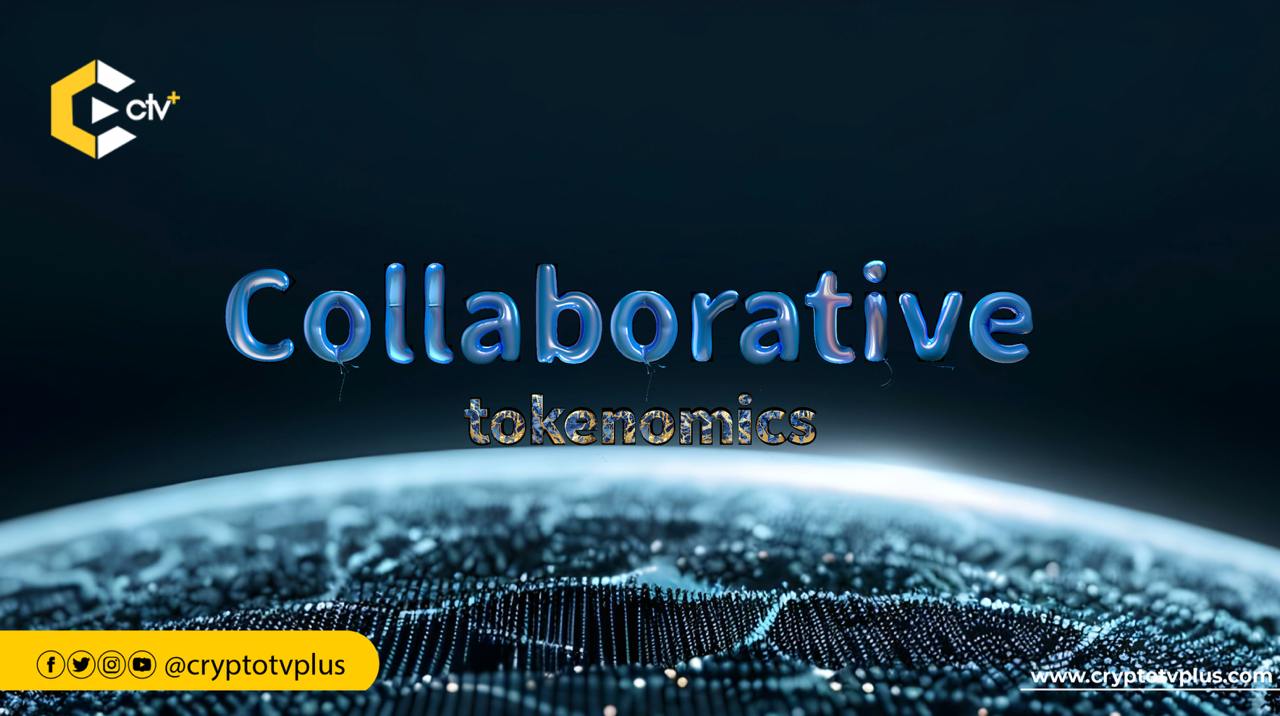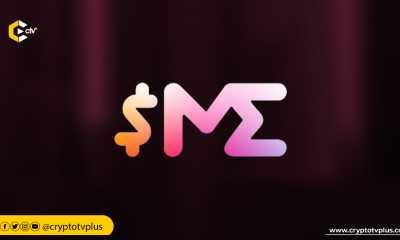News
Hoskinson calls for collaborative tokenomics in 4th gen crypto

Hoskinson says the crypto space must shift toward collaborative tokenomics to rival tech giants, as U.S. regulation gives firms like Apple and Amazon a foothold.
Charles Hoskinson, the founder of Cardano, argues that the next generation of crypto projects can only compete with powerful centralized tech firms in Web3 through greater collaboration.
At Paris Blockchain Week 2025, Hoskinson pointed out that a key critique of the crypto and DeFi sectors is their reliance on a “circular economy,” where one cryptocurrency’s gains often come at the expense of another, ultimately restricting the industry’s broader development.
Hoskinson stressed that for cryptocurrency projects to have a fighting chance against the centralized technology giants entering the Web3 ecosystem, they need to prioritize more cooperative tokenomics and a well-organized market structure.
“The problem right now, with the way we’ve done things in the cryptocurrency space, is the tokenomics and the market structure are intrinsically adversarial. It’s sum 0,” said Hoskinson. “Instead of picking a fight, what you have to do is you have to find tokenomics and market structure that allows you to be in a cooperative equilibrium.”
He noted that the current environment typically sees one crypto project’s rise hurt another, limiting the industry’s overall health rather than fostering sector-wide growth.
He warned that this strategy is not viable, particularly as tech giants like Apple, Google, and Microsoft are expected to join the Web3 competition once U.S. regulations become more defined.
“You can’t build a global ecosystem this way, and you can’t win this way,” he said. “Because here’s the thing. The incumbents are much larger.”
As the industry awaits action on U.S. stablecoin legislation, Hoskinson shared his thoughts, with updates expected in the next two months.
The GENIUS Act — which stands for Guiding and Establishing National Innovation for U.S. Stablecoins — is another bill that would outline collateralization guidelines for stablecoin issuers and enforce strict Anti-Money Laundering law compliance.
Hoskinson noted that tech giants are likely to get more involved once the stablecoin bill passes, and he expects the market structure bill to be enacted by September.
“These are the barriers that, once removed, mean that Facebook, Microsoft, Amazon, Google, Apple and others enter the cryptocurrency space and tell me who owns their platforms. They do. That’s three billion users.”
“So if those barriers are removed, how do we, as an industry, compete against the wallet that Apple built in bundles with the iPhone” he asked, highlighting that crypto must also focus on creating infrastructure that can be leveraged by incoming tech giants.
With the goal of aligning incentives across blockchain networks, Cardano is building “Minotaur,” a multi-resource consensus protocol that merges multiple consensus mechanisms and networks to distribute a unified block reward to several networks concurrently.
“You pay in the currency you want, and multiple networks are involved in securing the system and have a financial incentive to keep the system around,” Hoskinson said.

























2 Comments